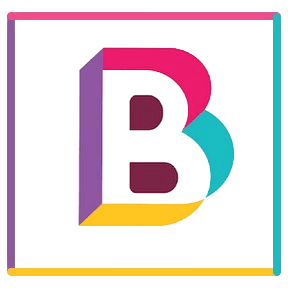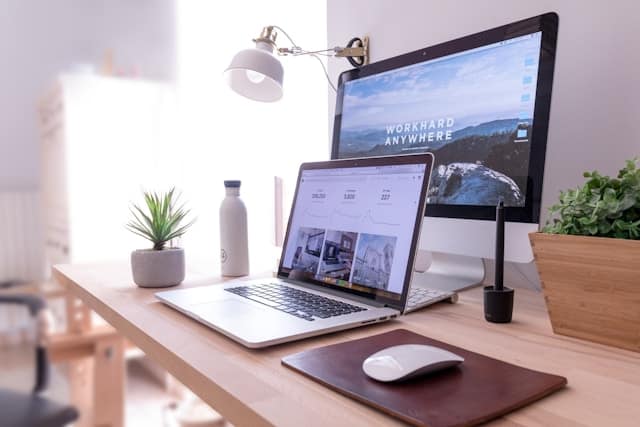Do you ever feel like great design is just for the big spenders? Well, let’s change that mindset! You don’t need a hefty budget to create something beautiful and impactful. In this post, we’re diving into high-impact design tips that cater to budget-conscious projects, ensuring you can bring your vision to life without breaking the bank.
Design isn’t just about aesthetics; it plays a vital role in how your project is perceived, whether you’re working on a home renovation, starting a small business, or launching a new product. With the right strategies, you can achieve stunning results while keeping costs manageable. So, let’s explore some clever design techniques that maximize impact without requiring a large financial investment.
Understanding the Importance of Design
Design influences everything from user experience to brand perception. A well-designed project can enhance functionality, boost engagement, and even improve sales. Here’s why focusing on design matters:
– First Impressions Count: Whether it’s a website or a product, good design attracts attention. Research shows that people form first impressions in just milliseconds, making design a critical factor in gaining interest.
– Brand Identity: Your design choices contribute to your brand’s identity. Consistency in design elements like color, font, and layout helps create a recognizable brand.
– User Experience: Beautiful design isn’t just for show. A user’s experience can be significantly improved with intuitive design, leading to greater satisfaction and loyalty.
Setting the Stage for Budget-Conscious Design
Now that we’ve established the importance of design, let’s look at how you can achieve high-quality results while staying within your budget. Here are some foundational tips:
– Define Your Goals: Before starting a project, clarify your objectives. What message do you want to convey? Who is your target audience? Understanding your goals will help you make informed design decisions.
– Research and Inspiration: Gather ideas by looking at similar projects. Platforms like Pinterest and Behance can provide inspiration, showcasing what works well in your niche.
– Create a Mood Board: This visual collage of images, colors, textures, and typography can guide your design direction and keep your vision clear.
Effective Design Techniques for Budget-Conscious Projects
Embracing creativity can help produce high-impact designs without a hefty price tag. Here are some techniques to consider:
1. Leverage Color Psychology
Color plays a significant role in eliciting emotions and reactions. By understanding color psychology, you can select palettes that resonate with your audience.
– Choose a Limited Palette: Sticking to a few colors simplifies design and can make it more cohesive. Use tools like Adobe Color to find complementary shades.
– Accent Colors: Use bright accent colors to highlight important features without overwhelming your design.
For example, a study from the Institute for Color Research found that people make a judgment about your environment within 90 seconds and up to 90% of that assessment is based on color alone!
2. Invest in Quality Imagery
Visuals can capture attention more effectively than text. For budget projects, consider these options:
– Use Stock Images: Websites like Unsplash and Pexels offer high-quality stock images for free or at a low cost.
– Create Your Own: If you have the skills, take original photos that align with your brand. Free editing tools like Canva can enhance your visuals.
– Iconography: Utilize icons to communicate ideas quickly and concisely. Sites like Flaticon provide free icons that can be customized.
3. Typography Matters
Your choice of fonts can profoundly affect readability and aesthetics. Follow these tips for effective typography:
– Limit Your Fonts: Stick to two or three fonts to create unity in your design. Use one for headings and another for body text.
– Online Resources: Platforms like Google Fonts offer stunning options for free, making it easy to find the perfect typeface for your project.
– Hierarchy and Spacing: Use different font sizes and clear spacing to create visual interest and guide readers through your content.
Utilizing Space Effectively
Whitespace, also known as negative space, is just as vital as the elements you place in your design. It helps create balance and can make your design feel more organized.
– Simplicity is Key: Avoid cluttering your design with too many elements. Instead, focus on what’s essential to convey your message clearly.
– Grid Systems: Employing a grid system helps maintain alignment and balance, making your design more visually appealing.
– Flow: Good use of space ensures a natural flow, guiding the viewer’s eye through the design in a way that feels intuitive.
4. Creative Use of Materials
Whether you’re designing a product or a space, consider innovative and cost-effective materials that deliver visual impact.
– Repurposing: Look for opportunities to repurpose materials. A coat of paint or some clever DIY techniques can give old furniture a fresh lease on life.
– Consider Texture: Introducing varied textures through fabrics, woods, and metals can add depth to your design. This can make a simple design feel richer and more inviting without a significant cost increase.
– Local Resources: Use locally sourced materials to support your community and reduce transportation costs.
Engaging Your Audience
The best designs resonate with their audience. How can you ensure your design engages your specific group?
1. Understand Your Audience
Gather data on your target audience to inform your design decisions. Use surveys, social media analytics, or feedback forms to learn their preferences and values.
2. Encourage Interaction
If you’re designing a website or product, consider interactive elements that invite users to engage. This can include:
– Quizzes: Interactive quizzes can provide personalized results, engaging users effectively while conveying your brand’s personality.
– Progress Bars: For processes like sign-ups or forms, progress bars can motivate users to complete their tasks.
3. Feedback and Iteration
Design is an ongoing process. Gather feedback from users and be prepared to make improvements. Use A/B testing when applicable—testing two design variations can show which performs better.
– Social Media Polls: Engage your audience directly on social platforms to gauge their preferences on design elements or features.
– User Testing: Observing real users interact with your design can provide invaluable insights into what works and what doesn’t.
Affordable Tech Tools for Design
With today’s technology, creating high-quality designs is more accessible than ever. Here are some affordable tools you can incorporate into your workflow:
1. Graphic Design Tools
– Canva: This user-friendly platform offers a plethora of templates and design elements, making it easy to create professional-looking graphics.
– Figma: A web-based app that enables collaborative design, ideal for teams working on web and interface applications.
2. Website Builders
– Wix: An accessible website builder that provides drag-and-drop functionality, catering well to users without coding experience.
– Squarespace: Known for its sleek templates, it’s a great choice for those wanting a beautiful site with minimal effort.
3. Project Management Tools
– Trello: A robust app that helps organize projects visually and keeps everyone on the same page.
– Asana: This tool is perfect for tracking tasks and remembering due dates, ensuring budget-conscious projects stay on track.
Measuring Success and Continuous Improvement
After implementing your design, it’s crucial to measure its success. Here are ways to gauge effectiveness:
– Analyze Engagement: Use analytics tools (like Google Analytics) to track visitor numbers, bounce rates, and conversion rates on your website.
– Collect Feedback: Post-launch surveys can provide insight into user satisfaction and areas for improvement.
– Set Metrics: Define what success looks like for your project. This might include increased traffic, improved sales figures, or enhanced user engagement.
In realizing our budget-conscious design vision, remember that great designs stem from creativity, resourcefulness, and a deep understanding of your audience. Emphasizing clever, strategic choices can help you achieve high-impact results without the financial burden.
We hope these high-impact design tips inspire you to embark on your next project with confidence! Remember, good design is within reach for everyone—so go ahead, unleash your creativity!

